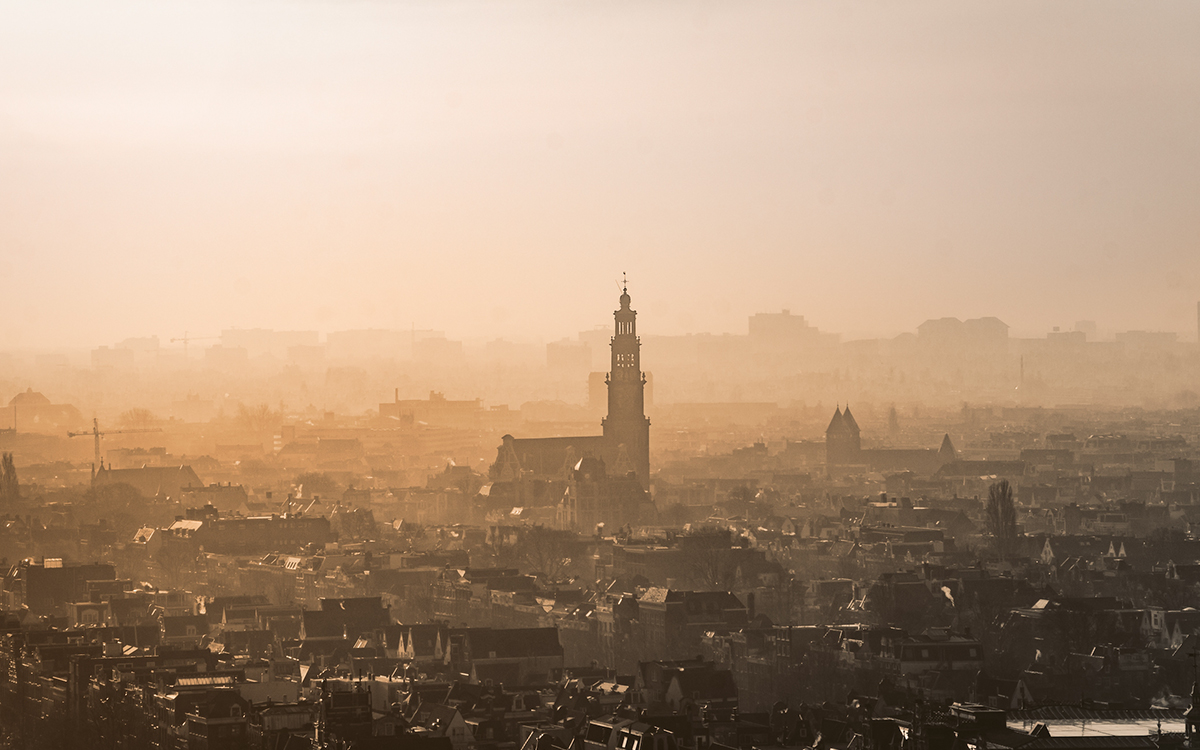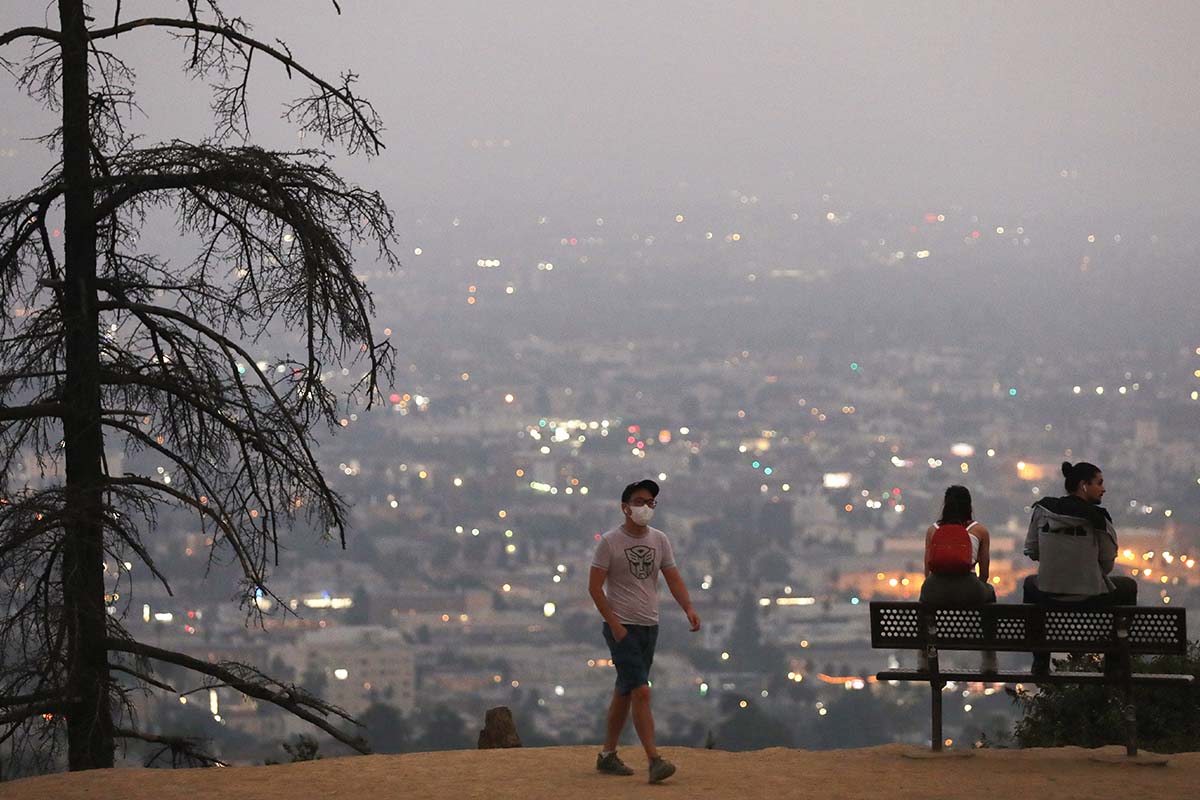This time last year, we spoke to Dr. Tom Scott, an assistant professor and natural resource specialist at UC-Riverside, about how to contend with the season’s wildfire danger, with advice on hardening homes under threat and “knowing your exits” whenever traveling.
Obviously, everything’s worse now. In the midst of this year’s once-in-a-generation (er, for now) destruction, we checked in with him on how all Californian can steady themselves against what can feel, at times, like a place starting to crack apart.
Despite the mayhem, Scott says he’s staying put in the state he loves: “I’ll leave when the Colorado Desert is flooded by the Sea of Cortez, the Sierras erode into the Pacific and progressives run the Rockies from Las Cruces to Coeur d’Alene.”
None of that is likely on the agenda — so in the meantime, some tips from Dr. Scott:
1. “One of the most reassuring things you can do is go to websites that monitor global air quality. I’m currently using AirNow and IQAir. AirNow has a map that lets you know where the plumes from wildfires are coming from — and make the impact more defined and understandable (the proximal situation).
Wrapping [your head] around global change is more difficult because the differences between our 20th-century status quo and this summer’s wildfire climate are relatively subtle. But when you start to plan your day by the predicted levels of wildfire particulates, it’s obvious that Californians can no longer view wildfires as sad but distant events.”
2. “Buy an air purifier, with the understanding that the wildfire smoke produces <PM2.5 particulates that are too small for simple filers.”
3. “Get a cheap air-quality sensor so you can plan outside time that won’t injure your heart and lungs.”

And now, a few buying options from us. Many of the less expensive (<$300) air filters are unsurprisingly out of stock, so some hunting and pecking may be required. All links below go to products currently in stock.
The Alen BreatheSmart Hepa Air Purifier, $649
Keep it on 24 hours a day, and jump on replacing the filter when it’s done. Three LED lights indicate the quality of the air, from dirty (red) to clean (surprise — it’s blue.) Suitable for large rooms.
Blueair BluePure 411, $119
A not-extortionately priced model suitable for small rooms (161 square feet or fewer).
Atmotube Pro, $179
Quite possibly the future device of choice: a portable air monitoring device you can clip onto a backpack or belt loop and take wherever you go.
This article was featured in the InsideHook LA newsletter. Sign up now for more from the Southland.




















